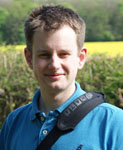台湾国立成功立大学Kuo-Hsing Kao教授講演会
| 日時 | 2025年6月2日(月) | 15:10〜16:10 | 場所 | 大阪大学・吹田キャンパス | 電気系E1棟1階 E1-115 |
極低温で動作する半導体デバイス
Semiconductor Devices Working at Cryogenic Temperatures
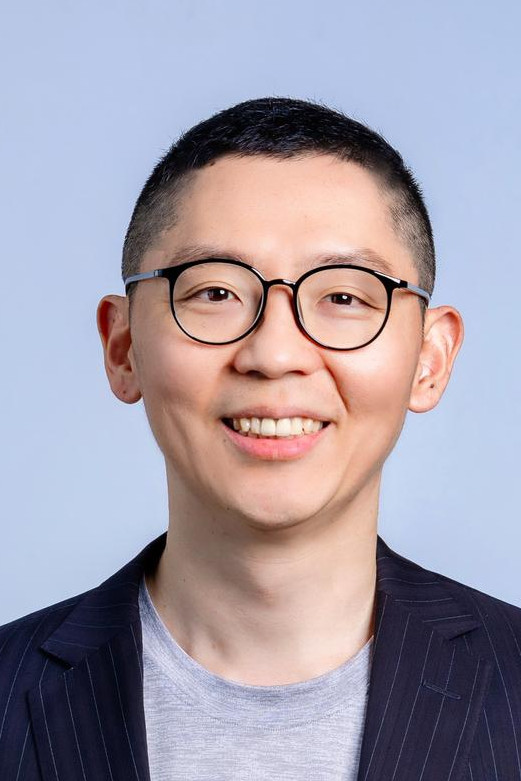
Subthreshold swing saturation of MOSFET at cryo temperature
Expediting numerical simulation and device & material optimization for cryo applications
Summary
Seminar on Transport Simulation of Advanced Quantum Devices
| 日時 | 2025年2月18日(火) | 14:00〜16:00 | 場所 | 大阪大学・吹田キャンパス | 電気系E3棟2階 会議室B E3-215 |
LIU Yi-Cheng, "TCAD Simulation Analysis of Stacked Nanosheet Transistor"
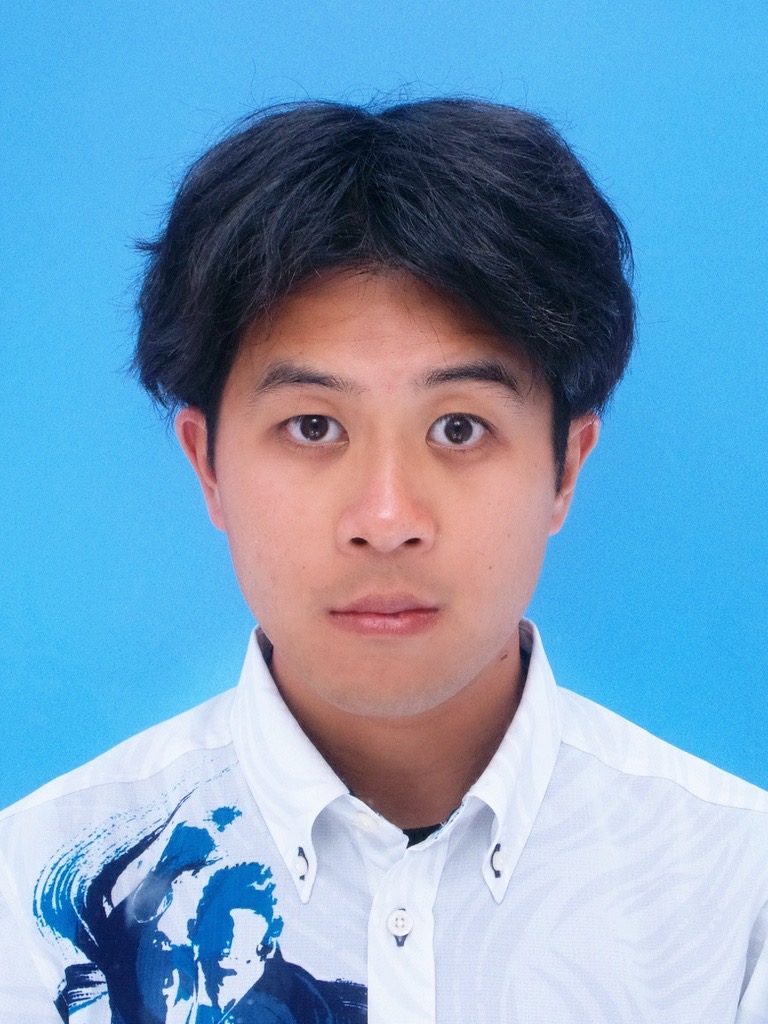
LIU Yi-Cheng氏はNational Taiwan Universityの学生で,2024年10月に交換留学生として来日し,森伸也研究室において,積層型ナノシートトランジスタ(NSFET)のTCADシミュレーション解析に関する研究を行った.非平衡グリーン関数(NEGF)法による単層NSFETのシミュレーション結果にキャリブレートしたドリフト拡散TCADシミュレータ(HyENEXSS およびAdvance/TCAD )を用いて,積層型NSFETの電気的特性のデバイス構造依存性を調べた.特に,ナノシート下部に配置される底面絶縁膜(BDI)やパンチスルーストッパ(PTS)がデバイスの電気的特性に与える影響を解析した.本研究成果は2025年春応用物理学会で発表予定である.
SHARAFI Peyman, "Investigation of Novel Steep Slope Transistors with Structural Irregularities"
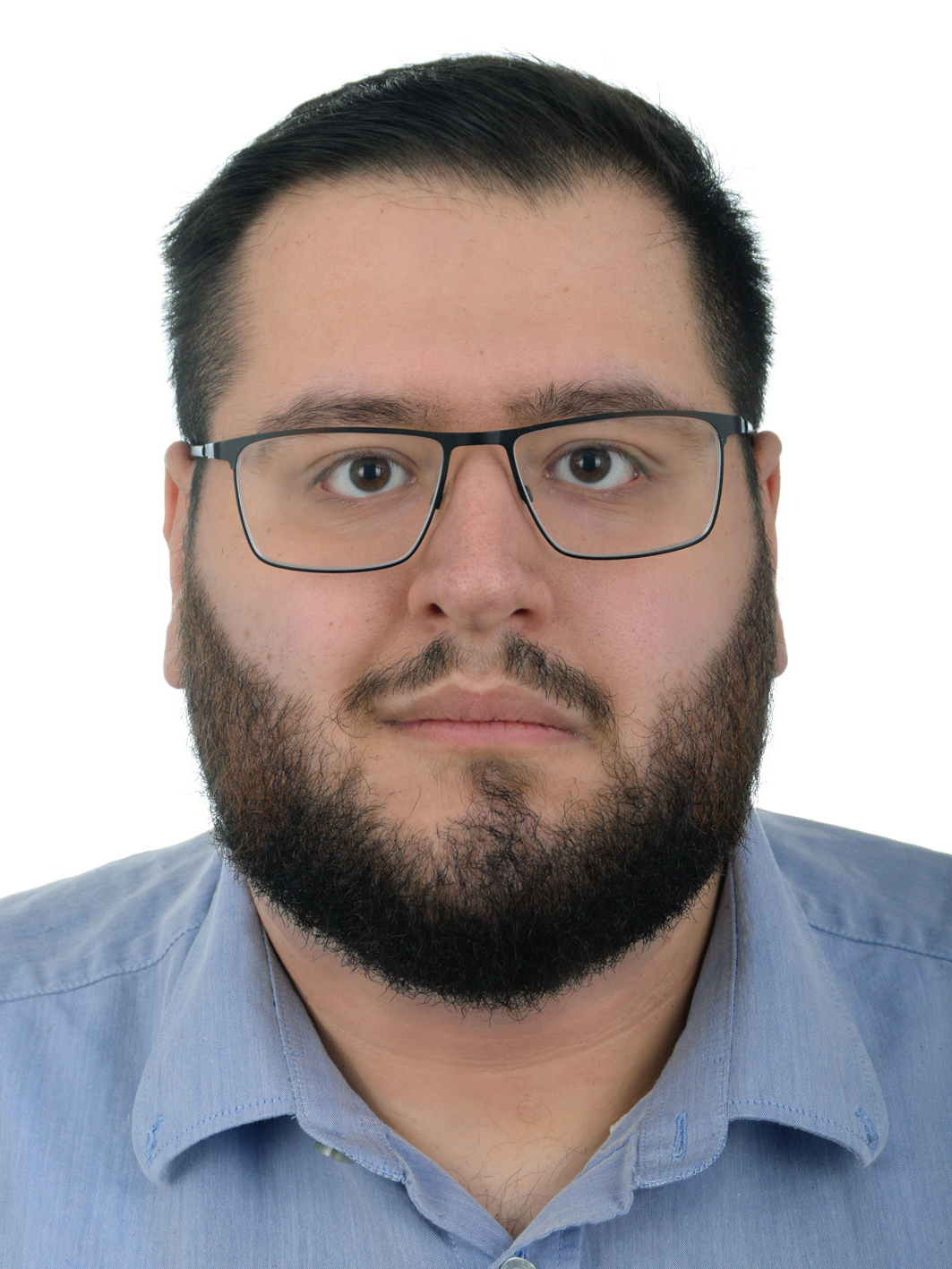
SHARAFI Peyman氏はRWTH Aachen Universityの学生で,2024年10月に交換留学生として来日した.大阪大学短期交換留学プログラム(OUSSEP)の一環として,構造的凹凸を持つ急峻スロープナノシートトランジスタのサブスレッショルド挙動に関する研究を行った.はじめに,非平衡グリーン関数(NEGF)法に基づく電流電圧シミュレータの入力ファイルを作成するためのトランジスタ形状の自動生成ルーチンを開発した.作成したプログラムを用いて,シミュレーション結果に基づいてサブスレッショルド領域における電気的特性を解析した.さらに,ナノシートトランジスタにおける急峻スロープ動作の背後にある基本的なメカニズムに関する理解を得るために,構造上の凹凸のトポロジーとサブスレッショルドスロープとの相関を分析した.
Boise州立大学Kurtis Cantley教授講演会
| 日時 | 2024年11月12日(火) | 10:30〜11:30 | 場所 | 大阪大学・吹田キャンパス | 電気系E3棟2階 会議室B E3-215 |
スパイキング・ニューロモーフィック・アーキテクチャ用半導体メモリ・デバイス
Semiconductor Memory Devices for Spiking Neuromorphic Architectures
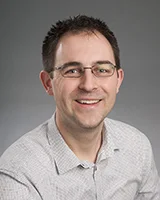
米国ボイシ州立大学Kurtis Cantley教授は,2011年12月,テキサス大学ダラス校(UTD)でEric Vogel教授の指導の下,電気工学の博士号を取得した.主な研究テーマは,人工神経システム用の新しい低温電子デバイスの作製とシミュレーションで,最初の3年間は米国国防科学技術大学院(NDSEG)フェローシップの資金援助を受けた.また、UTDでのポスドク研究の一環として,化学・生物学センサーFETと関連検出回路を中心としたプロジェクトに携わる機会にも恵まれた.テキサス州に移る前,2007年にパデュー大学で電気工学の修士号を取得した.修士論文のテーマは,ナノスケールトランジスタにおけるIII-V族材料のシミュレーションで,シリコンと比較した場合の性能の可能性を明らかにすることであった.パデュー大学在学中は、Network for Computational Nanotechnologyに深く関わり,nanohub.orgにおけるグラフィカルユーザーインターフェースを備えたシミュレーションツールの展開に貢献した.Cantley博士の仕事の大部分はNanoMOSと呼ばれるプログラムのアップグレードであり,このプログラムはその後利用が急増し,現在では94以上のツールが文献に引用されている.パデュー大学に入学する前はワシントン州立大学に在籍し,2005年にオナーズ・カレッジを卒業した.また,数学,物理学,音楽の副専攻も取得した.ワシントン州立大学在学中の2回の夏休みに,地元ワシントン州ケネウィック近郊にあるパシフィック・ノースウエスト国立研究所の国家安全保障インターンシップ・プログラム(NSIP)に参加した.
Purdue大学Gerhard Klimeck教授講演会
| 日時 | 2023年9月25日(月) | 10:30〜11:30 | 場所 | 大阪大学・吹田キャンパス | 電気系E1棟1階 E1-115 小林啓次郎ホール |
半導体デバイスの教育・研究・共同研究を行うためのオープンプラットホーム
nanoHUB - Impact through sharing tools and resources globally

ナノテクノロジー,半導体デバイス,材料科学などの分野において,計算機を利用した教育・研究・共同研究を行うためのオープンで無料のオンラインプラットホームnanoHUB.orgは,世界中で200万人以上のユーザーに利用されています.このnanoHUBの創設に貢献し,現在も中心的な立場で活躍されている,Purdue大学のGerhard Klimeck教授をお招きして,nanoHUBの現状や将来展望について英語でご講演頂きます.
英国Loughborough大学Mark Greenaway博士講演会
| 日時 | 2023年5月23日(火) | 15:10〜16:40 | 場所 | 大阪大学・吹田キャンパス | 電気系E3棟2階 会議室B E3-215 |
Mark Greenaway, "Doppler-shifted magnetophonon resonances, Mach supersonics and a critical "Landau" velocity in graphene"
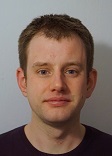
Dr Mark Greenaway is a physicist with expertise in the mathematical modelling and analysis of complex physical systems. He has worked on a broad range of projects including quantum transport in graphene and its heterostructures, electron dynamics in semiconductor nanostructures, nonlinear dynamics and cold atom gases.
大阪大学 Ashim K. Saha博士講演会
| 日時 | 2019年4月9日(火) | 14:00〜15:00 | 場所 | 大阪大学・吹田キャンパス | 電気系E3棟2階 会議室B E3-215 |
Ashim K. Saha, "First principles study of tailoring optical properties of monolayer TMDC and related heterostructures by defect engineering"
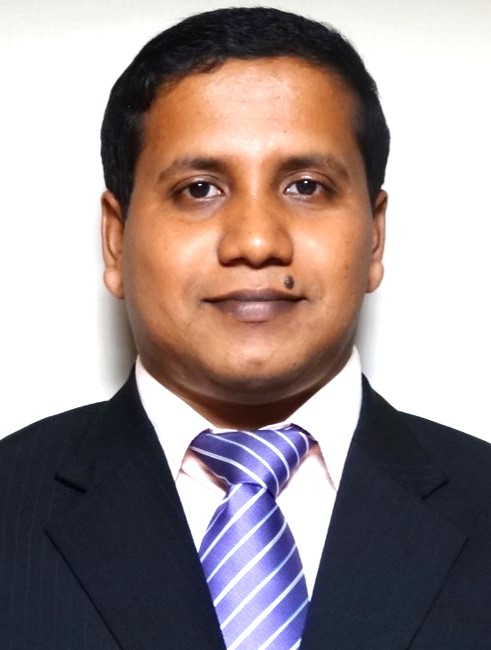
Atomically thin two-dimensional (2D) transition metal dichalcogenides (TMDCs), have provided researchers a fertile ground for harvesting fundamental science and emergent applications. Their extra ordinary fundamental properties such as direct bandgap, strong optical absorption, ultrafast charge transfer and high carrier mobility make them suitable for novel applications in optoelectronics such as fast response photodetectors, quantum light-emitting diodes and photovoltaics. To realize the highly efficient functional devices based on the TMDC monolayers, it is also important to develop a strategy to tune the band gaps. The development of 2D heterostructures offers a nearly infinite number of potential combinations for tuning electronic, optical and structural properties of the final materials. In addition to that, heterostructures in optoelectronic device applications are advantageous for efficient carrier injection or separation. The 2D materials naturally contain several types of structural defects such as vacancies, surfaces or interfaces. Defects present in the 2D materials can also increase to relax bond strain when considering the possible combinations of stacking of different material layers. Defects can be used extensively to control and tailor the properties of the 2D materials for a variety of applications. In this presentation, I will discuss about the point defects in bulk MoS2, their relative stability and influence on the optical properties. Possible techniques to control the electronic and optical properties of monolayer TMDC materials and related heterostructures will also be discussed qualitatively by ab initio calculations.
ウィーン工科大学 Erich Gornik 教授講演会
| 日時 | 2018年7月30日(月) | 13:30〜15:30 | 場所 | 大阪大学・吹田キャンパス | 電気系E3棟2階 会議室B E3-215 |
Erich Gornik, "Sensing with Quantum Cascade Laser and Detector Systems"

Optical sensors for mid-infrared spectroscopy are widely used in industrial and environmental monitoring as well as medical and biochemical diagnostics. A sensor concept, based on a bi-functional quantum cascade heterostructure, for which the differentiation between laser and detector is eliminated, enables mutual commutation of laser and detector, simplifies remote sensing setups and facilitates a crucial miniaturization of sensing devices.
Liquid sensing utilizing bi-functional quantum cascade lasers/detectors (QCLDs) can be realized on a single chip. A QCL active region design with an additional detection capability at the laser emission wavelength allows a straightforward integration, where different parts of the chip are used for lasers and others for detectors. The performance of such bi-functional designs has been optimized to reach a similar laser performance as conventional QCLs, allowing for high duty cycle operation at room temperature.
Typical analyte interaction lengths for gas sensing are in the range of tens of centimeters or more and exceed the common semiconductor chip sizes. Our gas sensing approach incorporates surface-active lasers and detectors. The latest demonstrator consists of two concentric ring QCLDs with second order distributed feedback (DFB) gratings on top of the waveguides. These DFB gratings facilitate vertical light emission and detection in the biased lasing and unbiased detector configuration, respectively. The two rings emit at two different wavelengths, which provides room temperature lasing and detection of two wavelengths monolithically integrated on the same chip.
Erich Gornik received his Ph.D. degree in Physics in 1972. He was a Postdoctoral Fellow at Bell Laboratories, Holmdel, USA, from 1975 to1977. In 1979, he has been appointed Professor for Experimental Physics at the University of Innsbruck. In 1988, he became Professor for Semiconductor Physics and Director at the Walter Schottky Institute of the Technical University Munich. From 1993 until 2012, he was Full Professor for Semiconductor Electronics and Director of the Micro-and Nanostructure Center (ZMNS) at the Technical University of Vienna and since then he is emeritus Professor. From 2003 to 2008 he was managing director of the Austrian Research Centers.
He has spent several Research Professorships at numerous international research institutions and has received various awards; among others, he is Fellow of the American Physical Society since 1995. In 1997 he received the “Wittgenstein Preis” of the Austrian Government and in 2000 the “Erwin Schrödinger Preis” of the Austrian Academy of Science. He has supervised more than 150 Master and PhD students. Further achievements are 540-refereed publications, 90 invited and plenary lectures at international conferences.
インド工科大学 Nihar Ranjan Mohapatra 教授・Mohit D Ganeriwala 博士講演会
| 日時 | 2018年6月11日(月) | 14:40〜16:10 | 場所 | 大阪大学・吹田キャンパス | 電気系E3棟2階 会議室B E3-215 |
Nihar Ranjan Mohapatra, "An Accurate and Efficient Compact Model for Trap-Assisted Carrier Transport through Multi-stack Gate Dielectrics of HKMG nMOS Transistors"
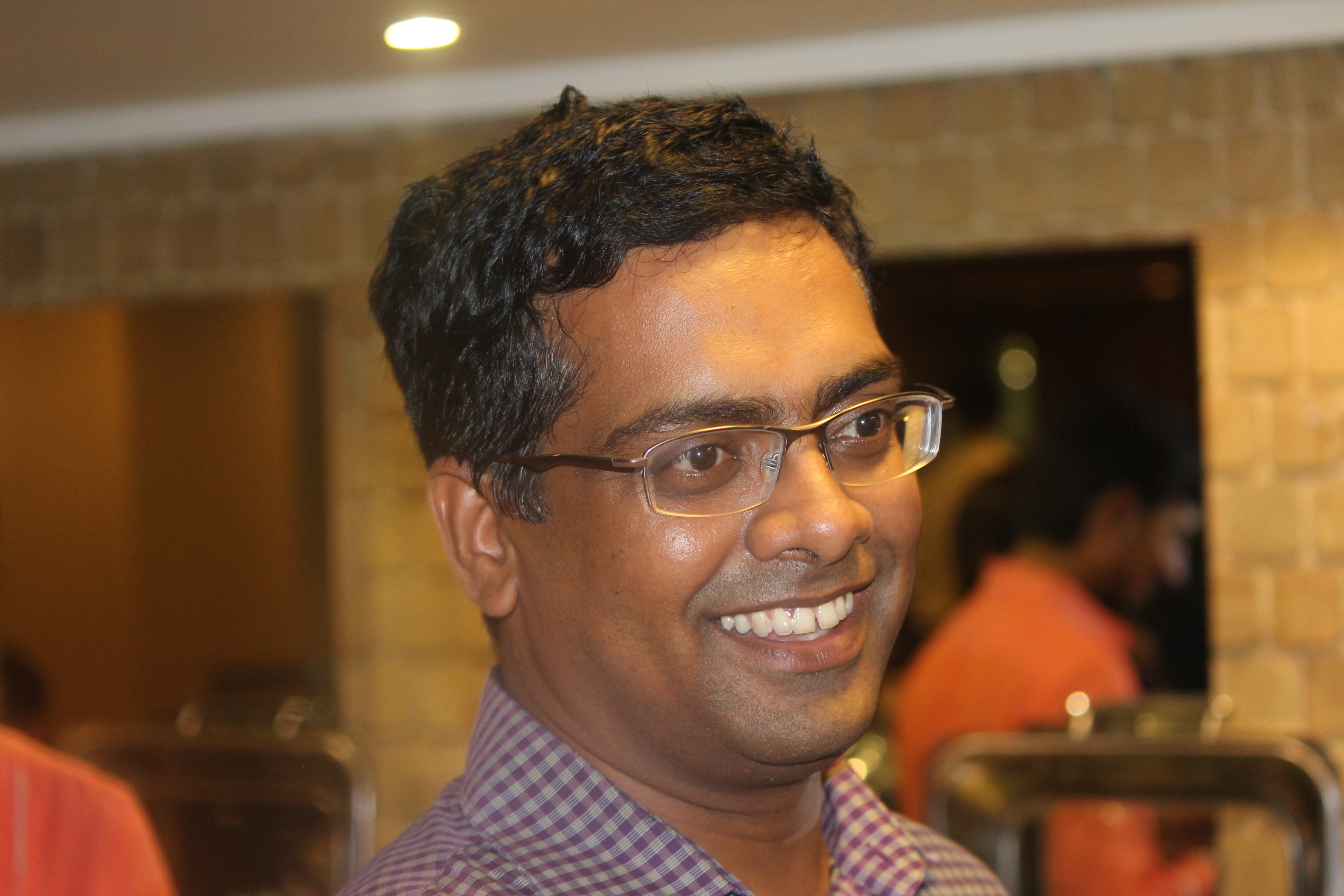
Mohit D. Ganeriwala, "Compact Modelling Solutions for III-V Multi-Gate Devices"
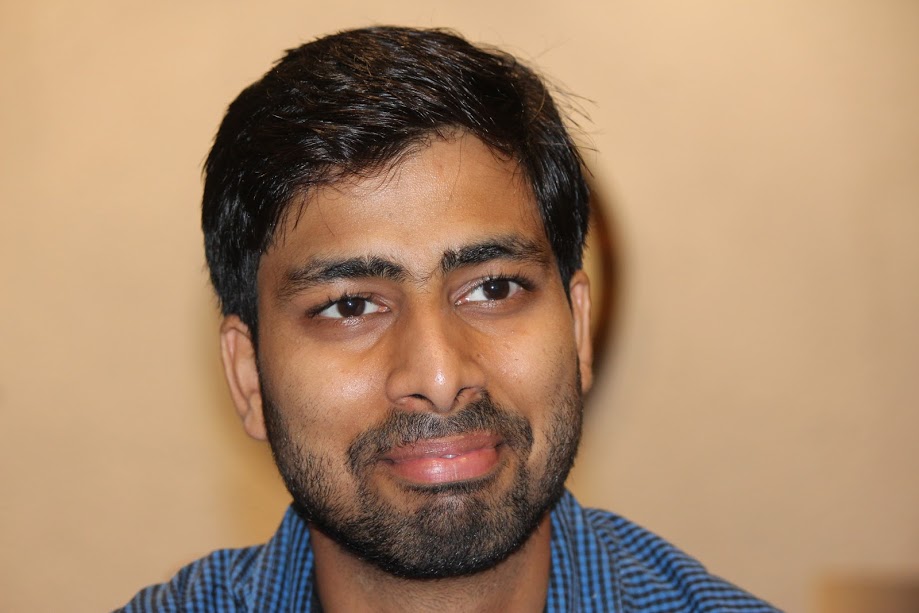
応用物理学会関西支部セミナー
| 日時 | 2017年3月2日(木) | 13:00〜14:50 |
| 場所 | 大阪大学・吹田キャンパス | 電気系E3棟2階 会議室B E3-215 |
| 主催 | 応用物理学会関西支部 |
プログラム
| 13:00〜13:20 | 入沢 寿史(産業技術総合研究所) |
| 「遷移金属ダイカルコゲナイド系原子層半導体デバイスの研究動向と課題」 | |
| 13:20〜13:40 | 森 伸也,黒田 龍哉(大阪大学) |
| 「遷移金属ダイカルコゲナイドヘテロ接合におけるバンド間トンネル電流」 | |
| 13:40〜14:00 | 福田 浩一(産業技術総合研究所) |
| 「平行電界型トンネルFETのモデリング」 | |
| ー 休憩 (10分) ー | |
| 14:10〜14:30 | 服部 淳一(産業技術総合研究所) |
| 「強誘電体負性容量トランジスタのシミュレーション」 | |
| 14:30〜14:50 | 浅井 栄大(産業技術総合研究所) |
| 「Landau-Khalatnikov理論に基づくFeFETのコンパクトモデル」 |
| 参加費 | 無料 |
| 申込先 | 森 伸也 (阪大工) |
| nobuya.mori(at)eei.eng.osaka-u.ac.jp | |
| 氏名,所属を明記の上,電子メールにてお申込み下さい. |
英国 Nottingham 大学 Amalia Patanè 教授講演会
| 日時 | 2016年12月14日(水) | 15:30〜16:30 | 場所 | 大阪大学・吹田キャンパス | 電気系E3棟2階 会議室B E3-215 |
Amalia Patanè, "Novel two-dimensional Van der Waals crystals and heterostructures"
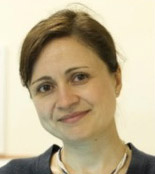
[1] Mudd, G.W. et al., Adv. Materials 27, 3760 (2015).
[2] Bandurin, D. A. et al., Nature Nanotechnology (2016).
立命館大学藤野研究室・大阪大学森研究室交流会
| 日時 | 2016年6月28日(火) | 15:00〜18:00 |
| 場所 | 大阪大学・吹田キャンパス | 電気系E3棟2階 会議室C E3-216 |
プログラム
| 15:00〜15:05 | 藤野 毅 | 「藤野研究室の紹介」 |
| 15:05〜15:10 | 森 伸也 | 「森研究室の紹介」 |
| 15:10〜15:30 | 白畑 正芳 | 「センサノードGSSEの研究」 |
| 15:30〜15:50 | 井上 泰佑 | 「アナログ集積回路の研究」 |
| 15:50〜16:10 | 汐崎 充 | 「車載システムのセキュリティに関する研究」 |
| 16:10〜16:30 | 藤田 流星 | 「パワーデバイス用SiCのシミュレーション」 |
| ー 休憩 (10分) ー | ||
| 16:40〜17:00 | 田中 将貴 | 「ICカードを用いた公開鍵暗号に対するサイドチャネル攻撃」 |
| 17:00〜17:20 | 南谷 夏海 | 「イメージセンサのシミュレーション」 |
| 17:20〜17:40 | 名倉 優輝 | 「CMOSイメージセンサの製造ばらつきを用いたPUF技術の基本検討」 |
| 17:40〜18:00 | 小池 慎治 | 「モンテカルロ法による半導体中の熱電特性解析」 |
GSSE: Green Smart Secure Eyes, PUF: Physical Unclonable Function
応用物理学会関西支部セミナー
| 日時 | 2016年1月29日(金) | 14:30〜16:30 |
| 場所 | 大阪大学・吹田キャンパス | 電気系E3棟2階 会議室B E3-215 |
| 主催 | 応用物理学会関西支部 |
プログラム
| 14:30〜14:50 | 西村 正(大阪大学) |
| 「ワイドギャップ半導体パワーデバイスとシミュレーション技術」 | |
| 14:50〜15:40 | 児玉 和樹(福井大学) |
| 「窒化物半導体電子デバイスの研究開発に向けたシミュレーションの利用」 | |
| 15:40〜16:30 | 上野 弘明(パナソニック) |
| 「ノーマリオフGaNトランジスタの開発とパワエレ統合設計に向けたその動的挙動モデル」 |
| 参加費 | 無料 |
| 申込先 | 森 伸也 (阪大工) |
| nobuya.mori(at)eei.eng.osaka-u.ac.jp | |
| 氏名,所属を明記の上,電子メールにてお申込み下さい. |
東北大学 Philippe Gaubert 博士講演会
| 日時 | 2015年11月4日(水) | 16:20〜17:20 |
| 場所 | 大阪大学・吹田キャンパス | 電気系E3棟2階 会議室C E3-216 |
Philippe Gaubert, "High performance and low noise metal-oxide-semiconductor field-effect transistors"

The first section will analyze the reduction of the low frequency noise in MOSFETs. Indeed, the implementation of a new salicide structure for the source and drain contacts resulted in a 2 decades reduction of the low frequency noise. In addition, it has been revealed that a further reduction can be expected by using a newly developed plasma process for the fabrication of the gate oxide.
The second section will assess the performances and especially the noise one of a newly developed MOSFET working on accumulation mode rather than on the conventional inversion one. In addition to feature a higher drivability and a better reliability than the conventional MOSFETs, these new devices exhibit a lower low frequency noise level, making them a very serious replacement for the future CMOS technology.
The third section will present the 1/f noise study in MOSFETs at high drain current. As a matter of fact, within this region, parasitic noise such as the one coming from the access series resistances are covering up the 1/f noise stemming from the channel of the MOSFETs, preventing us to study it. However, on account of a newly developed process and of a new orientation of the silicon, its investigation at high drain current has been made possible. This revealed that both noise sources, the traps located at the Si/SiO2 interface and the fundamental fluctuation of the mobility are generating the 1/f noise at the same time. These results arisen new questions about the induced mobility fluctuations of the correlated number and mobility fluctuation theory.
英国 Nottingham 大学 Patanè 教授・Greenaway 博士講演会
| 日時 | 2015年7月24日(金) | 14:30〜16:30 | 場所 | 大阪大学・吹田キャンパス | 電気系E3棟2階 会議室B E3-215 |
Amalia Patanè, "New routes to two-dimensional science and technologies"

Mark Greenaway, "Resonant tunnelling of Dirac-Weyl Fermions in twisted graphene-hBN transistors"
